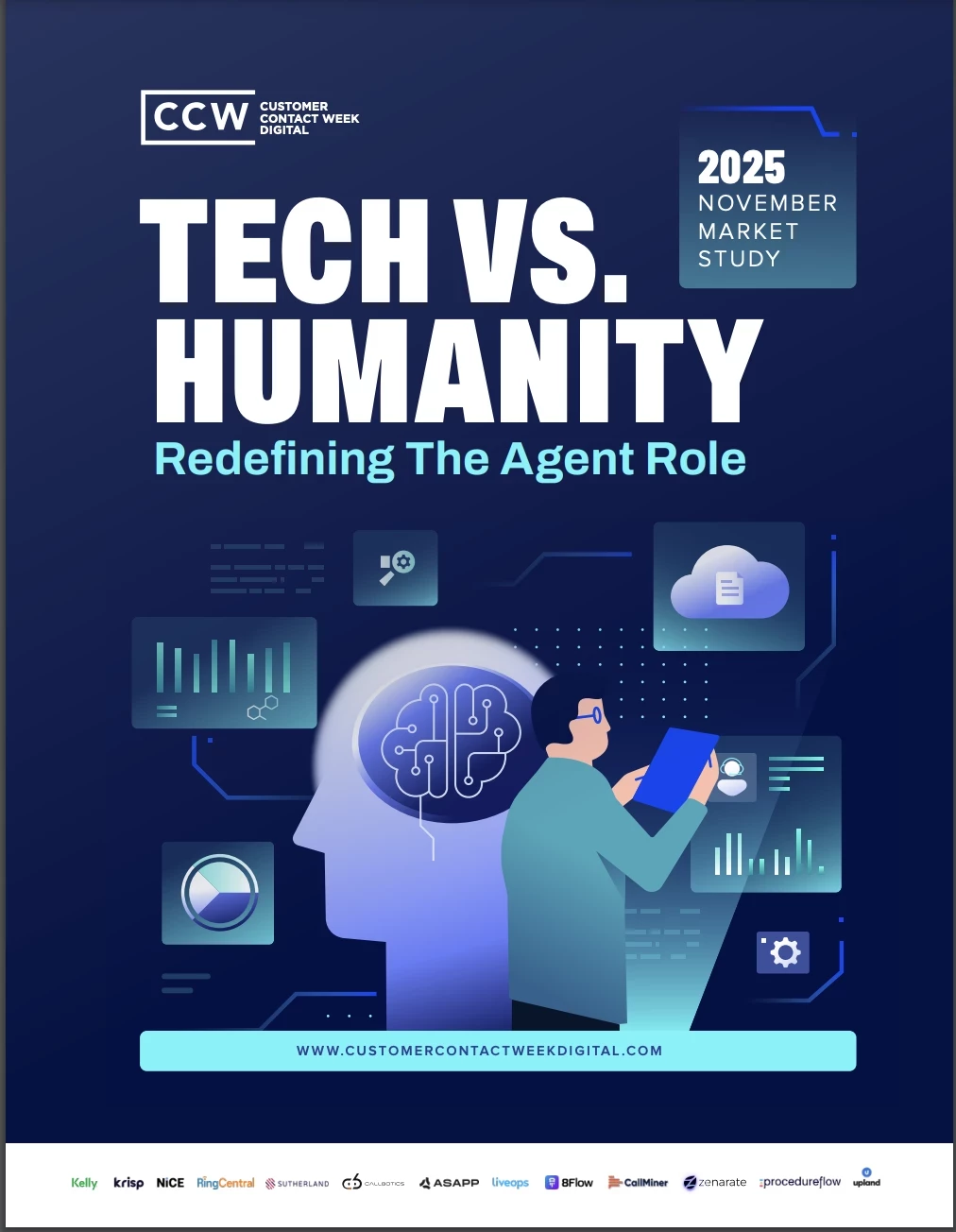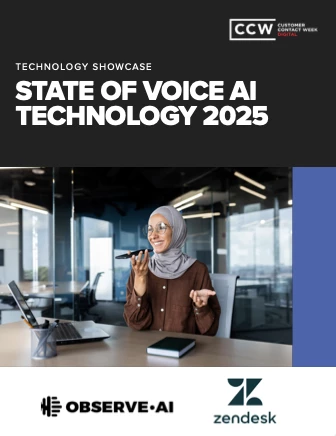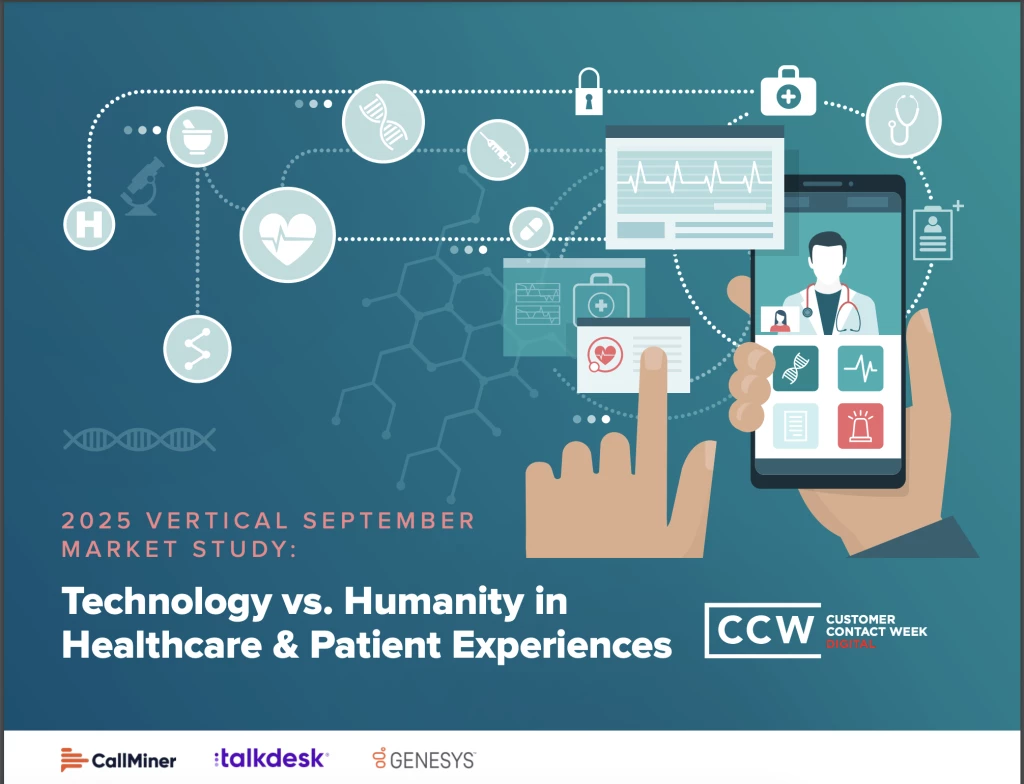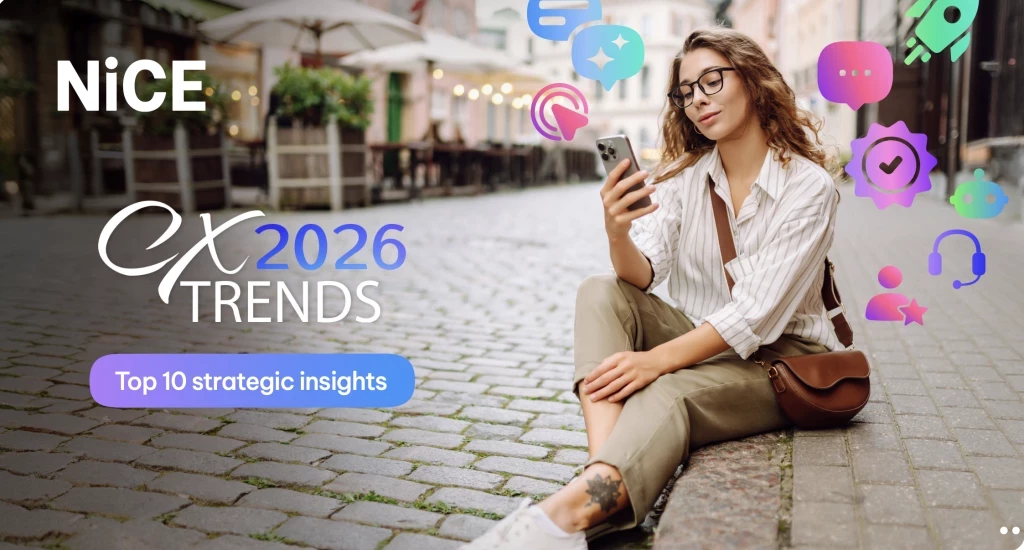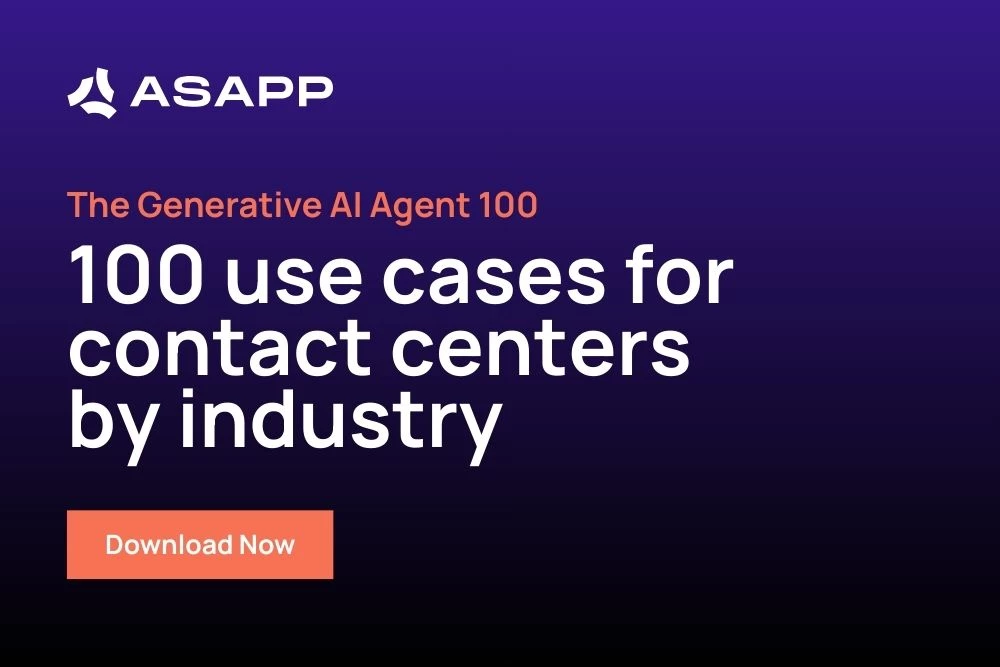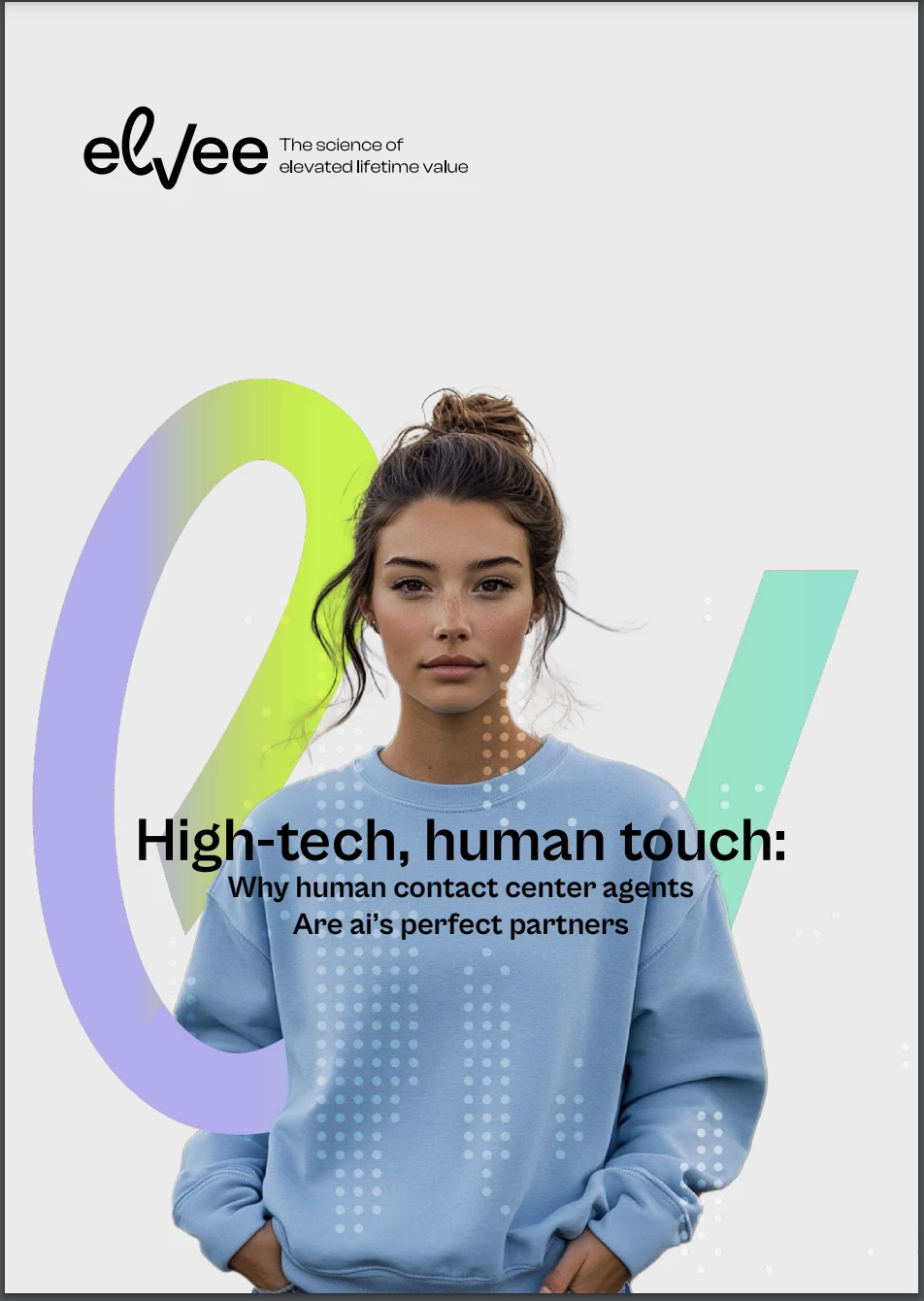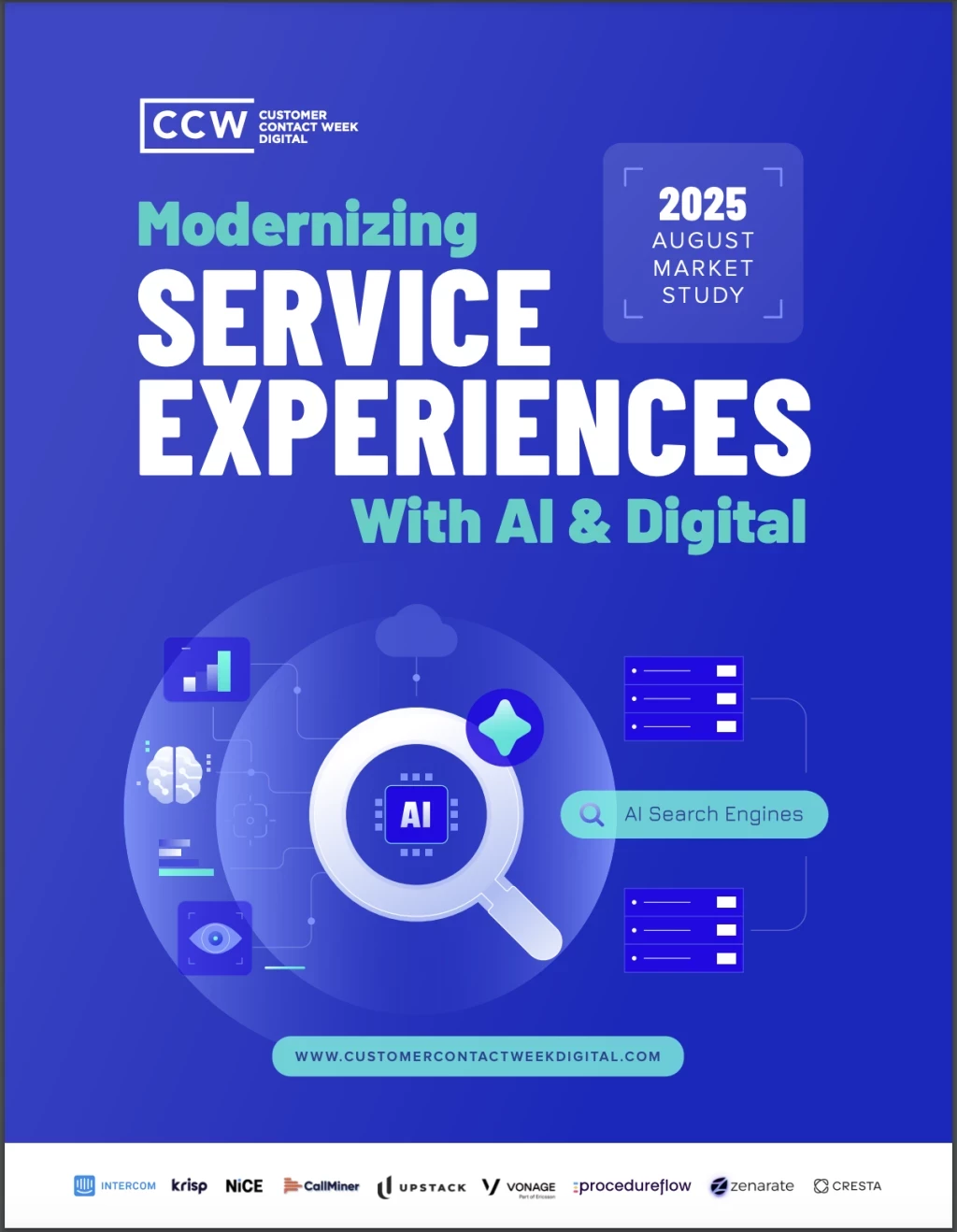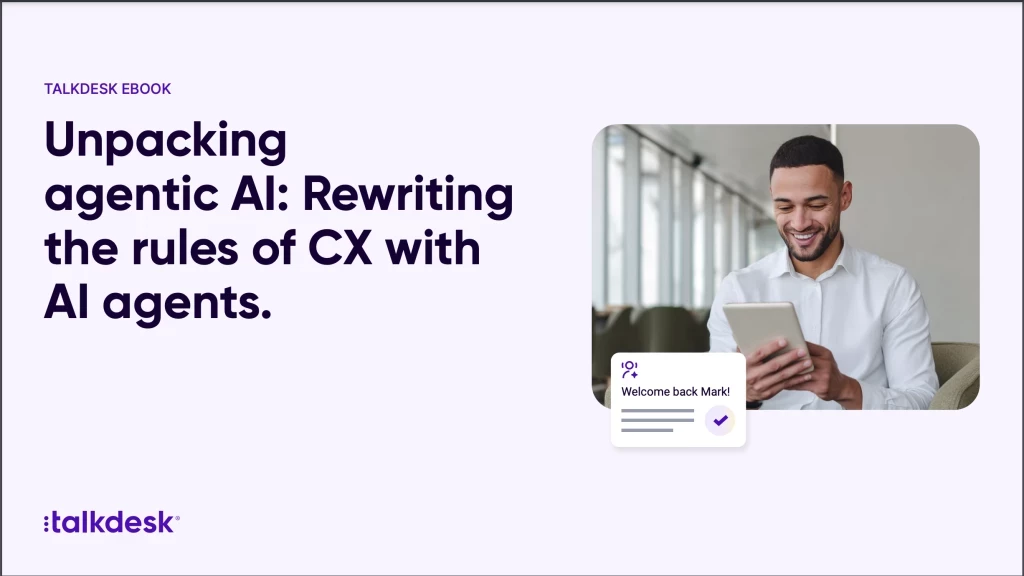OpenAI's CTO Breaks Down the Top 3 Unexpected Outcomes of ChatGPT's Launch
Add bookmark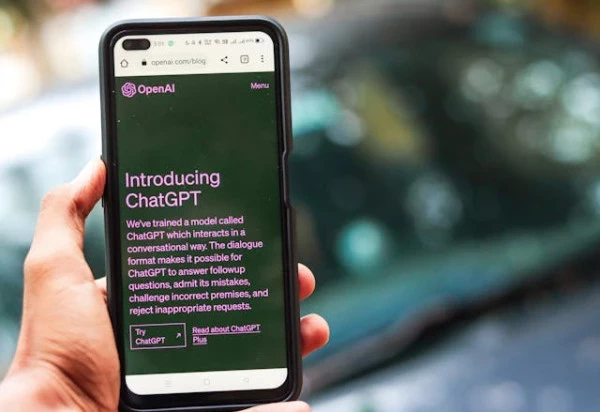
ChatGPT was launched publicly in November 2022. Thinking back to that time, it was clear that this technology was something different. The public leaped at the chance to try the technology, professors issued warnings to students who were eager to leverage its insight and news outlets reported on it daily.
The hype was extensive - ChatGPT offered an inside look at just how powerful, and useful, AI models could be.
At Qualtrics’ X4 Event last week, OpenAI Chief Technology Officer Mira Murati discussed ChatGPT’s unprecedented release. In a fireside chat with Gurdeep Pall, President of AI Strategy at Qualtrics, Murati kicked off the conversation sharing 3 unexpected things that happened with the release of ChatGPT.
3 Unexpected Outcomes of the ChatGPT Revolution
Murati described her first revelation as the true capability of the technology in the user's hands.
“It's one thing to statistically predict the performance of the model, it’s another thing to actually see the capabilities when you test them across different domains and see that the models can rhyme, they can do extremely well in biology or math tests,” she states. “That is completely different, when you actually bring it in the real world and see how the statistical performance translates into actually solving hard problems”
Murati states that OpenAI has always believed in scale and bet on a scaling paradigm. The tech company worked off of the idea that you throw a ton of compute and data at the models and there will be emerging capabilities. However, actually seeing these in action was largely surprising to the Chief Technology Officer.
“There’s always some magic and something surprising when you see the scaling paradigm work out in reality,” she states.
Her second surprise was the impact the technology has already had on society. “From a social perspective, I would say that it has been really surprising to see how quickly these technologies have integrated in our economy and how much of an impact they have on the economy already,” she shares.
The release was differentiated by its wide availability and intuitive interface. Customers can leverage the technology for free, making ChatGPT more accessible than most other innovations of the past. Because of this unrestricted access, the technology has penetrated society much faster than ever before.
Murati’s third surprise was just how quickly the technology has burst into the public consciousness and, in turn, how it has affected the regulatory framework. From AI Safety Institutes to engagement from civil society, policymakers and regulators, the world is thinking about what broader infrastructure will be needed to make the technology safe.
The Potential of ChatGPT and OpenAI
Moving beyond the initial excitement, there is clear potential for the future of OpenAI’s models. Murati took the opportunity to discuss how technology will transform different industries and where we can expect it to have a major impact.
“I’m personally very excited about the potential in education, as well as healthcare… the opportunities here to really change the quality of life of people all over the world are huge,” she states.
In the education space, Khan Academy and Carnegie Mellon are both using OpenAI’s models to develop more personalized curriculum for students. Murati is optimistic about breaking through the traditional model of education, “If you can shift from this model where there is one teacher for 30 students, there’s only so much capacity to teach in ways that are bespoke and motivate students in a very personal way. But, with AI tutors that’s achievable,” she states.
On the healthcare front, companies like Moderna are using ChatGPT to enhance their process of going into clinical trials, making them more robust and accurate. Other healthcare organizations are using the technology to lighten the load of physicians so they can focus on the patient over administration tasks.
Across industries, OpenAI is working to enhance experiences and give leaders the tools to do more.
Addressing Risk and Harmful Misuse
While the impact of ChatGPT and other models has been undoubtedly positive, the risk of such innovation is always top of mind for users. Murati took this moment to discuss the company's plans for mitigating risk and harmful misuse.
“Where we are today and where we’re trying to go, of course we need to develop the capabilities of these models and make them more powerful, robust, more useful. But hand in hand with that goes the safety of these models and making them more aligned with human values,” she states.
The scenarios OpenAI is trying to avoid are both harmful misuse and catastrophic risk. This level of risk is described as models that are so powerful they are no longer aligned with our values. The team is dedicated to ensuring that these models are making life great for us, instead of the opposite, she shares.
Iterative Deployment and Collaboration
To combat the potential risks of AI development, Murati described OpenAI’s process of iterative deployment.
“Today we are deploying these models early, when they’re less powerful and in very controlled ways,” she states.
“How can they push specific use cases and specific industries and companies forward? What are the capabilities and the risks that go with it in these specific deployment scenarios? As we do that, we understand the risks and we build in mitigations at each stage of the development,” Murati explains.
This process enables OpenAI to bring industry, government, regulators and the broader society along as not just passive observers but active participants in the development process. With this collaboration, Murati and her team can better understand what this technology is capable of and how it is advancing.
While the risk can never be zero, the team is focused on long-term uncertainties and alignment research that will help avoid catastrophic scenarios. By aligning the models with user behavior, guidance and values, the team is working to avoid high-level risks.
The Future and Continuous Innovation
While ChatGPT has taken the world by storm, it is natural to think about future innovation from the OpenAI team. Murati discussed the Sora model and its video generation capabilities - but notes that it isn’t quite ready yet.
OpenAI’s future focus is clear: the shift toward images, video and audio will support a multimodal experience. “We want to imbue these models with a sense of the world that’s similar to how we understand the world and how we interact with each other in ways that go beyond language… we want to bring that into these models.”
Murati also discussed the role of reinforcement learning in enhancing the technology. The models have the unique opportunity of interacting with the world, they are steerable through human interaction and feedback. As they become more powerful, however, they must remain aligned with user behaviors, values and intentions.
Upon closing, the CTO addressed a final question about what the technology will mean for humanity. “Of course it will change the meaning of work and how we interact with everything: information, each other, ourselves. But, I’m optimistic, if we get this right, it will actually be an incredible future,” she states.






















